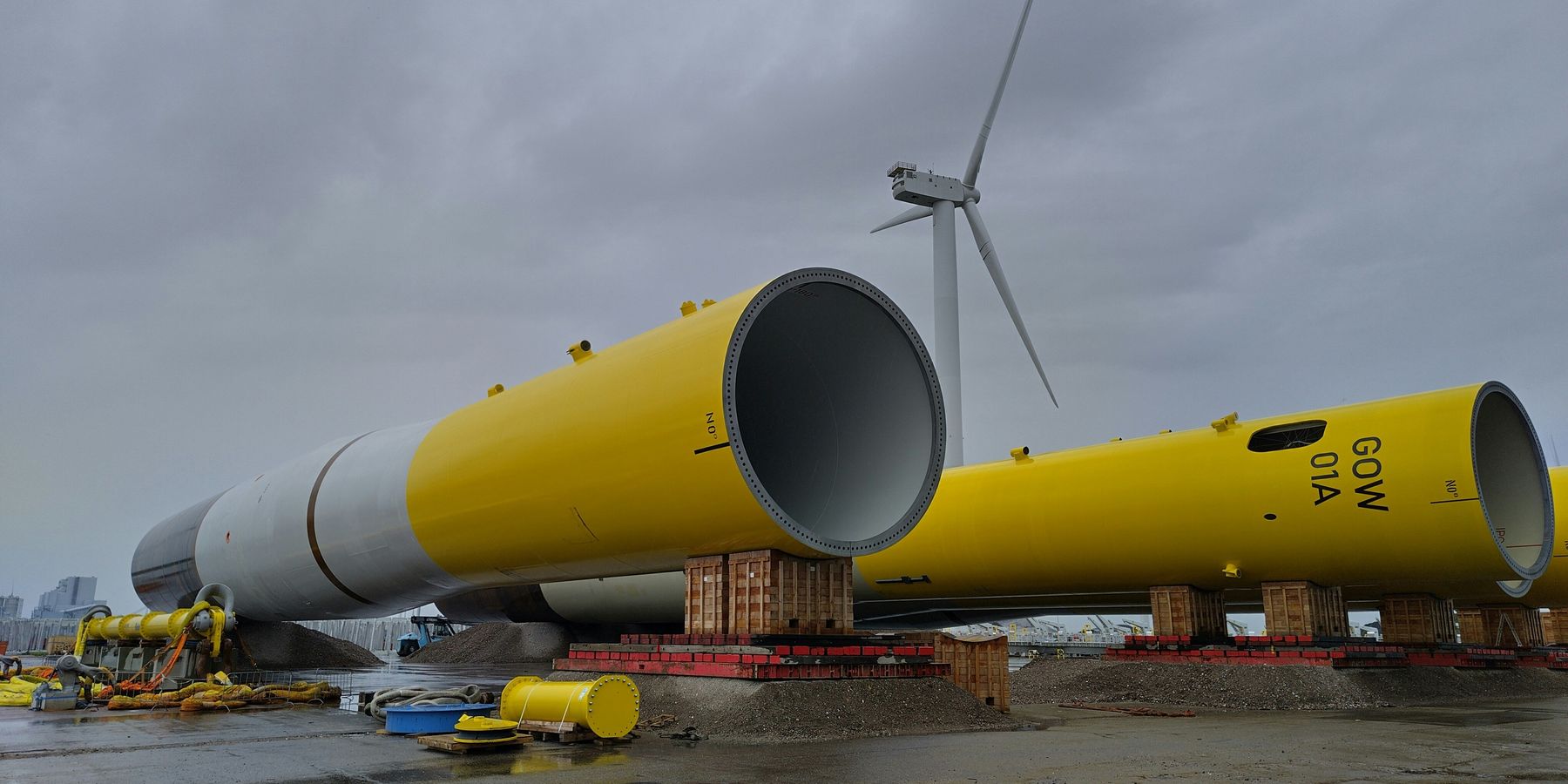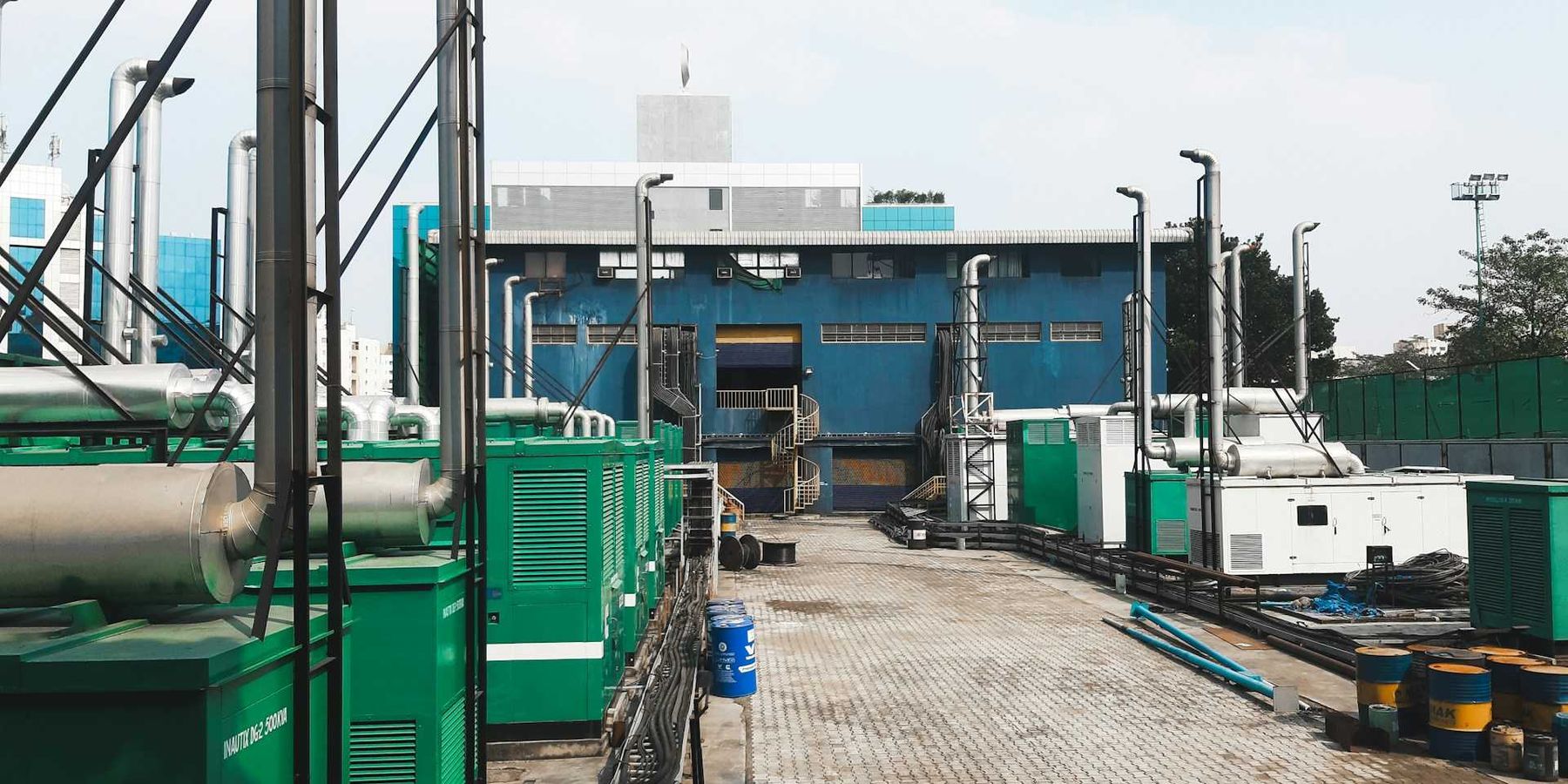Trump’s FEMA cuts leave local emergency managers underfunded and overworked
State and local emergency officials say they are stretched thin as federal disaster funding shrinks, raising concerns about readiness for worsening floods, fires and storms.
Kiley Bense reports for Inside Climate News.
In short:
- A U.S. Department of Energy survey found most local and state emergency managers face chronic understaffing, low pay and lack of funding, even before President Trump’s cuts to the Federal Emergency Management Agency.
- Respondents said they cannot meet all community needs and rely heavily on federal grants; without them, many offices would close.
- Experts warn that climate-driven disasters combined with shrinking federal support have created a “crisis” in emergency preparedness.
Key quote:
“You have to ensure that there is capacity at the state level in particular to make up for [federal resources]. And what the report very clearly shows is that capacity does not exist.”
— Samantha Montano, Massachusetts Maritime Academy
Why this matters:
When hurricanes, floods, or wildfires hit, local emergency managers are often the first and only responders. Their ability to organize evacuations, distribute aid and restore services depends on steady funding and staffing. As climate change drives more extreme weather, disasters are striking more often and in more places, overwhelming thinly stretched agencies. Without federal backup, state and county offices must shoulder responsibilities they were never designed to handle, leaving gaps in rescue and recovery efforts. The strain falls hardest on rural communities and poorer counties, where small staffs juggle multiple duties and rely on volunteers. These vulnerabilities increase the risk of preventable deaths, prolonged recovery times, and greater economic losses when the next storm or fire arrives.
Learn more: Trump’s FEMA cuts leave flood-prone cities scrambling for aid













